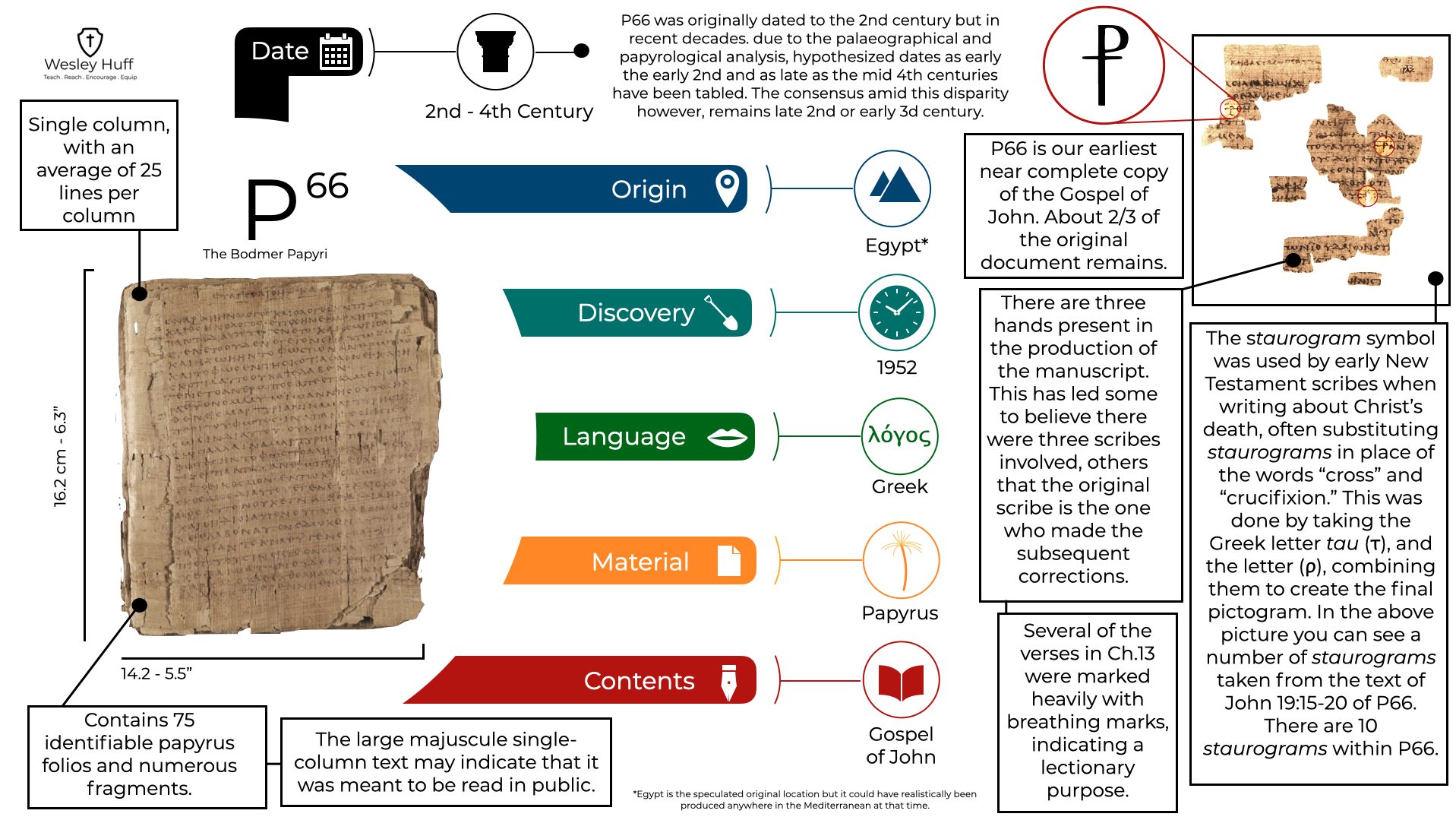With a desire to defend a high view of Scripture, potentially in juxtaposition to an increasing skepticism towards the Bible over the last century or so, the Chicago Statement on Biblical Inerrancy, a theological Statement formed in 1978, states in Article X that:
“We affirm that inspiration, strictly speaking, applies only to the autographic text of Scripture,which in the divine providence of God can be ascertained from available manuscripts with great accuracy. We further affirm that copies and translations of Scripture are the Word of God to the extent that they faithfully represent the original.”
This is an important and carefully crafted statement. However, in many theological, apologetical, and biblical discussions, the term “autograph” and “original text” has been used in ways that they were never intended by the scholars who coined the terms in the first place.
The autograph
Some have argued that there is no use to say “the originals were inspired or inerrant” if we no longer have the originals. As one popular pastor put it recently in a video commenting on how he understood the term “inerrant”:
“[T]he doctrine of inerrancy only applies to the original autographs, the original copies — which we don’t have any more. But we do have a number of early copies, enough to get us pretty close to what the originals would have said; but it raises the question, if God didn’t preserve the originals did his inspiring and preserving work of the Holy Spirit apply to the copying process over hundreds and hundreds of years?”
This would be a plausible statement if what scholars meant by “the original autograph/text” was the physical document that the initial author wrote on. The problem with such a statement is that is almost entirely not what is meant when scholars refer to these very specific terms.
Doctrinal statements, apologists, and theologians are, on the whole, wise to point out that authorial copies of the New Testament are distinguished from subsequent various textual forms and alterations introduced throughout the decades, centuries, and millennia since their inception.
The doctrines of inspiration, inerrancy, and infallibility are not fundamentally affected by textual variances throughout the manuscript tradition. This is both an accurate and attentive feature to highlight. At the same time however, these same individuals often conflate the autographs as physical artifacts and the text of the autographs themselves.
Physical copies and their words
Within the contemporary Christian world we need to be careful to distinguish between the autographs as the first written copies and the words on those copies. Scholars who work within the field of ascertaining the original text of Scripture have less interest in the physical material (i.e. the papyrus, vellum, or parchment) than they do with the text found on them (there are entirely separate disciplines that study the physical materials such as papyrology and palaeography).
Therefore, when textual critics refer to the “original text” or “original autographs” they may be (but probably are not) talking about the material document as much as they are the original wording on the original document. This is a point that the Chicago Statement does a good job of highlighting when it states that inspiration, “applies only to the autographic text of Scripture.”
The origin of the confusion partly sits at the feet of the scholars who use these technical terms. Sometimes scholars do not succinctly define their terminology when using such phrases as “original text” or “original autograph”. Therefore, when popular level writers, pastors, defenders of the faith, even professional apologists and scholars in adjacent fields, read or hear about the “original autographs” or “original text” they may assume that what is in focus are the first copies of a said document — but that is hardly ever if at all the case.
In fact, if you have been following the field of New Testament textual criticism as of late you will have noticed that the designation “autograph” (or its German originator autographa) has become somewhat of an outdated term. There are many reasons for this, whether that be a growing suspicion in recent scholarship as to whether one can truly derive the original text or whether it is in an effort to not confuse the physical document of the autograph with the original text on the autograp.
The question is: if “all Scripture is God breathed” (2 Tim. 3:16), did God breath into the papyrus or leather, or is it the words, message, meaning, and intention of Scripture that was divinely inspired? We as modern Christians can stand in a long line of succession with theologically minded believers throughout history in saying that it is not the material that is the focal concern but the text found on said material.
God has inspired, preserved, and given to us His Word which is sufficient as the sole infallible rule of faith and practice for the church. Any dispersion on the inspiration, reliability, and trustworthiness of Scripture on the basis of not possessing “the originals” falls flat. It does so because we have incredible confidence that we know what the words on those originals were to begin with.
For more related to this topic read:
One Bible, Many Versions
Were the Gospels Anonymous?
Why Trust the Bible? (P.1)
Why Trust the Bible? (P.2)
Did Jesus Speak Greek?
What happened at the Council of Nicaea?
Why I date the Gospel of Thomas late?
First Century Mark - Fragments and Figments of our Imagination



























